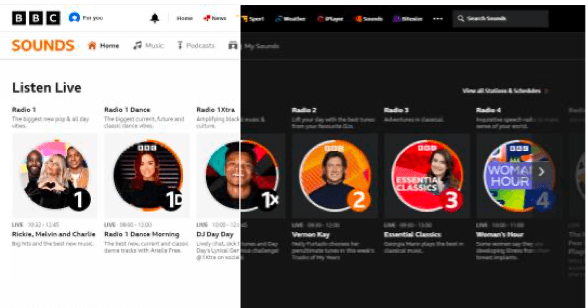It is a common belief that a dark screen theme for electronic devices allows them to last longer in offline mode. We checked whether this point of view is confirmed experimentally.
They write that using a dark theme on the screen of a smartphone, tablet or laptop helps delay its recharging Media And tech bloggers. Some people make this claim unconditionally, other clarifythat it is fair not for everyone devices - it all depends on screen type and regime use gadget.
Although the dark theme, in which the application displays light letters on a dark background, seems to be a relative innovation (for example, for iOS it appeared in 2019, and for the desktop version of VKontakte - only in 2022), such display of text on the screens of electronic devices is actually "older» familiar dark letters on a light background. Before the development of visual shells for operating systems, cathode ray tube monitors usually ran in a dark theme (for example, with green letters).
In modern gadgets are used There are two types of displays: LCD (liquid crystal displays, liquid crystal displays) and OLED (organic light-emitting diode). LCD screens do not emit light themselves, but rely on a substrate to evenly illuminate the display, so switching from a light theme to a dark theme or vice versa has no impact on power consumption. In OLED displays, light is emitted by LEDs, so when the dark theme is turned on, the pixels responsible for dark areas will not work and consume energy.
In 2018, Google told about an experiment that she conducted with her Pixel smartphone, released two years earlier and equipped with an OLED screen. Engineers compared how battery power would be consumed in a dark and light theme with the YouTube application open. It turned out that the dark theme allowed saving from 14% (at half of maximum brightness) to 60% of charge (at maximum brightness).
More modest results received researchers from the American Purdue University. They compared the performance of the Pixel 2, Moto Z3, Pixel 4 and Pixel 5 smartphones (all with OLED displays). The six most downloaded applications on Google Play were selected for testing: Google Maps, Google News, Google Phone, Google Calendar, YouTube and Calculator. Each of them was turned on for 60 seconds, after which the researchers recorded the energy consumption of the devices. The authors of the experiment also took into account that many users prefer automatic brightness adjustment - the device selects its level independently depending on the external illumination. It turned out that with a screen brightness of 30–50%, which the gadget usually uses indoors, a dark theme allows you to save only 3–9% of charge compared to a light one. As the researchers specify, this percentage is so small that most users will not notice a difference in the operating time of the smartphone. Therefore, scientists believe that it is not worth choosing the theme of the device, trying to save charge. The only scenario in which switching the theme for this purpose would be justified, according to them, is using a smartphone with automatic brightness control outside on a sunny day. In this case, the device will automatically set the brightness level to the highest level, and switching to a dark theme will indeed save a noticeable percentage of charge (39–47%).
Although both studies recorded some reduction in energy costs when using a dark theme, they studied smartphone performance without taking into account user experience. This deficiency was eliminated in its research BBC Research & Development engineers. They sat ten volunteers 50cm away from ten 2017 MacBook Pro laptops and asked them to set the devices to a comfortable brightness to view the BBC Sounds home page. The streaming site allows you to use both light and dark themes.

When using a dark theme, 80% of volunteers significantly increased screen brightness. They continued to call it comfortable even as the test room gradually darkened, although experiments conducted without human participants suggested that users would lower the brightness of the display as the room darkened. This behavior, according to the researchers, negates all the advantages of the dark theme in terms of charge conservation. They called it the rebound effect and recommended For those who want to extend the battery life of their gadget, choose not a dark theme, but a lower display brightness.
"Verified" already sorted it out Another popular myth about a dark screen theme is that it is better for vision than a light one. It turned out that it provides minor benefits only to people with visual impairment caused by clouding of the optical media of the eye (for example, with cataracts). Otherwise, scientific experiments have not yet been able to prove the usefulness of the dark theme, so turning it on on a phone or tablet, citing health concerns, is pointless.
Thus, a dark theme will not always help save the charge of your phone or laptop. For devices with LCD displays there will be no difference due to the principle of operation of such screens. In the case of OLED displays, charge conservation will be significant only when using a dark theme outdoors for a long time on a sunny day on a device with automatic brightness adjustment. However, as some studies show, when dark theme is enabled, users tend to increase the screen brightness regardless of ambient light, which negates all the benefits in terms of energy saving.
Cover image: Photo by Jethro C.
If you find a spelling or grammatical error, please let us know by highlighting the error text and clicking Ctrl+Enter.






